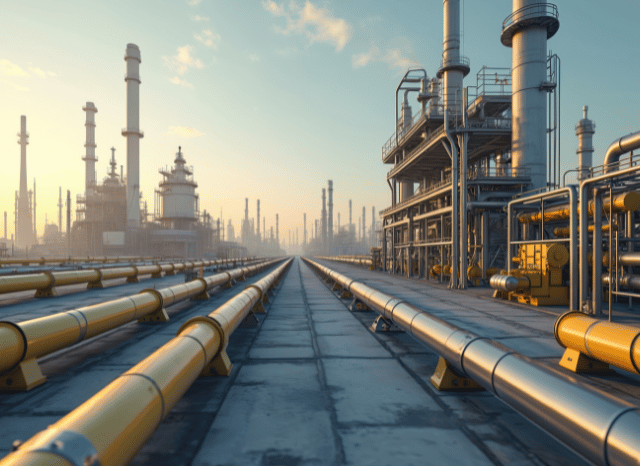
Oman, Germany, as well as the Netherlands have signed a groundbreaking settlement which could reshape Europe’s Vitality landscape, ushering in a new period of green hydrogen imports from the Middle East.
A bold transfer in the global Strength changeover is getting condition between Oman and Europe. A historic agreement signed earlier this year paves the way in which for among the list of world’s initial huge-scale hydrogen corridors—linking Oman’s extensive renewable methods to Germany’s industrial hubs by means of the Netherlands.
The core of this initiative is green hydrogen—made by splitting drinking water by means of electrolysis powered by photo voltaic or wind Electricity. This way of hydrogen has attracted international desire for its opportunity to decarbonise sectors which have been if not challenging to electrify, like large transportation, steel output, and Strength storage.
Oman, leveraging its sunny climate and bold national approach, aims to be a prime global exporter of inexperienced hydrogen by 2030. Forecasts suggest the place could create as many as one million tonnes of environmentally friendly hydrogen per year by the top in the 10 years. A key element of the approach click here entails liquefying the hydrogen to facilitate overseas transport.
Enter the hydrogen corridor: a planned maritime and logistics route starting from the port of Duqm in Oman, extending to your ports of Amsterdam and Duisburg. Specialised cryogenic tankers, comparable to those used in LNG transportation but tailored for hydrogen’s much reduce temperatures, will carry the fuel. European ports are currently getting ready the necessary infrastructure to receive, shop, and distribute the cargo.
This corridor is not just a logistical website feat—it’s a strategic 1. For Germany, and that is wanting to cut down dependence on here fossil fuels and diversify its energy blend, the imports could enable meet up with its goal of bringing in ten million tonnes of renewable hydrogen by 2030. The corridor also aligns with broader EU sustainability aims and industrial decarbonisation initiatives.
The undertaking’s importance lies not read more simply in its scale, but in addition in its replicability. Like LNG just before it, liquid hydrogen could before long go throughout continents, breaking absolutely free from the limitations of preset pipeline networks. And Oman isn’t on your own. Other initiatives—such as Spain’s Basque Hydrogen Corridor as well as Central European Hydrogen Corridor—will also be developing the backbone of the long term hydrogen economy.
The Basque task concentrates on integrating creation, distribution, and industrial use in just northern Spain. Meanwhile, the Central European route strategies to repurpose present fuel pipelines to hold hydrogen from Jap Europe to Germany, more cementing the area’s purpose within the hydrogen transition.
If profitable, these initiatives could mark An important milestone in decarbonising Europe’s heavy industries and transportation networks—run by the sun and wind of distant deserts.